The Caproni Ca.113 and Mario De Benardi
The Ca.113 was a two-seat advanced trainer and aerobatic aircraft developed and built by Caproni in Italy. It made its first flight in 1931 and was manufactured on a relatively small scale to fulfill orders from Peru and Portugal. Most Ca.113’s were license produced in Bulgaria by the Bulgar-Caproni factory at Kazanlak. It was used by the Bulgarian air force until the outbreak of the war.

The Ca.113 was based on the earlier unsuccessful Ca.109. It was a conventional biplane design with the two cockpits in tandem featuring staggered wings of equal span and main wheels covered by wheel-spats.
The Ca.113’s capabilities were demonstrated by Mario De Bernardi’s who won the aerobatic trophy at the 1931 Cleveland Air Races.
It is little known that De Bernardi and a Caproni team made in the early thirties an extensive demonstration tour in Chine. De Bernadi showed here the I-AAXB Ca.113 demonstrator, but from the available photos we may conclude that more Ca.113’s were demonstrated. We are very lucky to have a set of very rare photographs of this mission from a private photo album of unknown source. Any additional details are very welcome!
Technical data of the Ca.113:
Powerplant: 1 × Piaggio Stella VII C.35 air-cooled radial engine of 370 hp
Dimensions:
-Length: 7.30 m
-Wingspan: 10.50 m
-Height: 2.70 m
-Wing area: 27.0 m2
Weights:
-Empty : 850 kg
-Gross : 1,100 kg
Performances:
-Maximum speed: 250 km/h
-Range: 300 km
-Service ceiling: 7,300 m
-Rate of climb: 8.8 m/sec
-Crew: pilot and instructor
Mario De Bernardi
De Bernardi was born on July 1, 1893, in Venosa, Italy. In 1911, at the age of 18, he served in the Italian armed forces during the Italo-Turkish War (1911–1912), where he witnessed the first military use of airplanes in combat. He returned to Italy to become a pilot, and he received his pilot’s license in 1914. He served as a fighter pilot during the First World War. By the end of the war he was credited for shooting down one enemy aircraft and another unconfirmed kill.
After the war De Benardi became an aircraft parts inspector. De Bernardi continued his flying career and he gained fame when he started racing seaplanes in the Schneider Cup contest. In November 1926 he won the Schneider Cup race and Hampton Roads, Virginia U.S.A. in a Macchi M.39 floatplane racer. One year later he flew the Macchi M.52 racer at the next race held at Venice in Italy but he had to retire with engine problems. In the same type he set later a world speed record of 479.29 km/h.
In 1930 he joined Caproni as a test pilot and technical consultant. De Bernardi was also the first Italian pilot flying a jet propelled aircraft. He made the first flight in the Caproni-Campini CC.2 experimental jet plane in August 1940.
After the end of the Second war until his death in 1959 he still was active as a private pilot and as an aviation consultant. He died on 8 April 1959 after suffering a heart attack while flying his own light-plane. He managed to land the aircraft, but died a few minutes later at the age of 65.
Nico Braas

















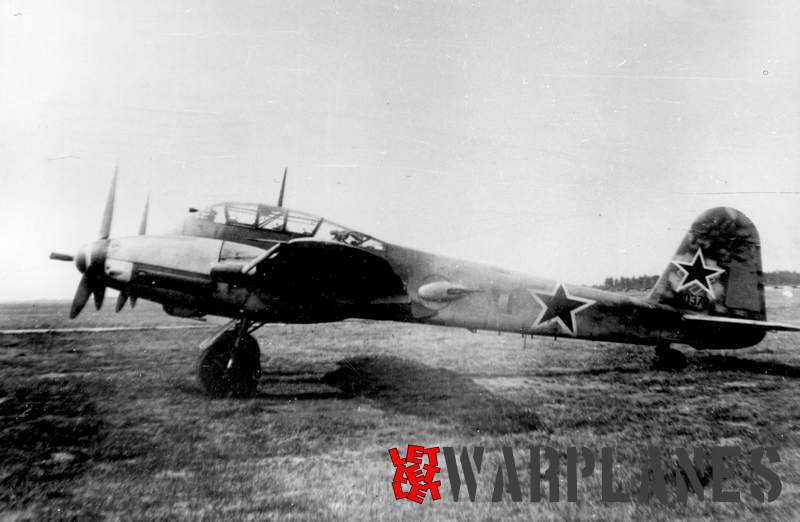
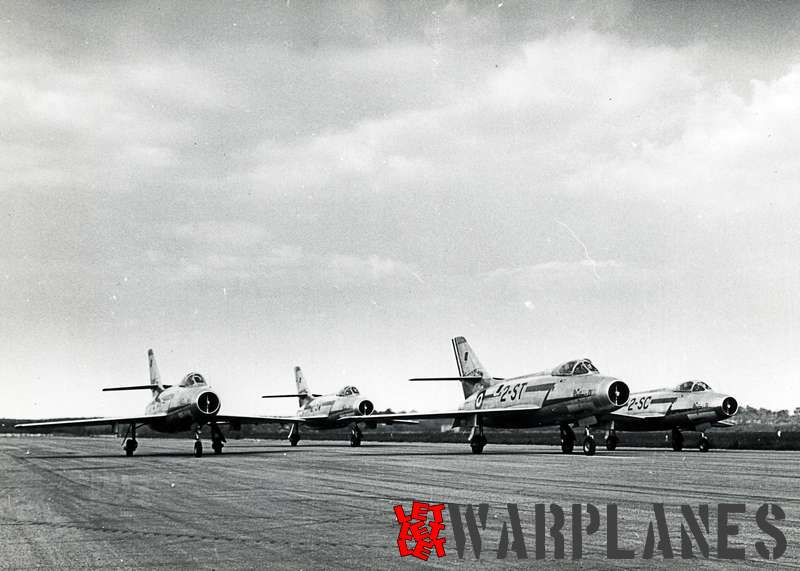
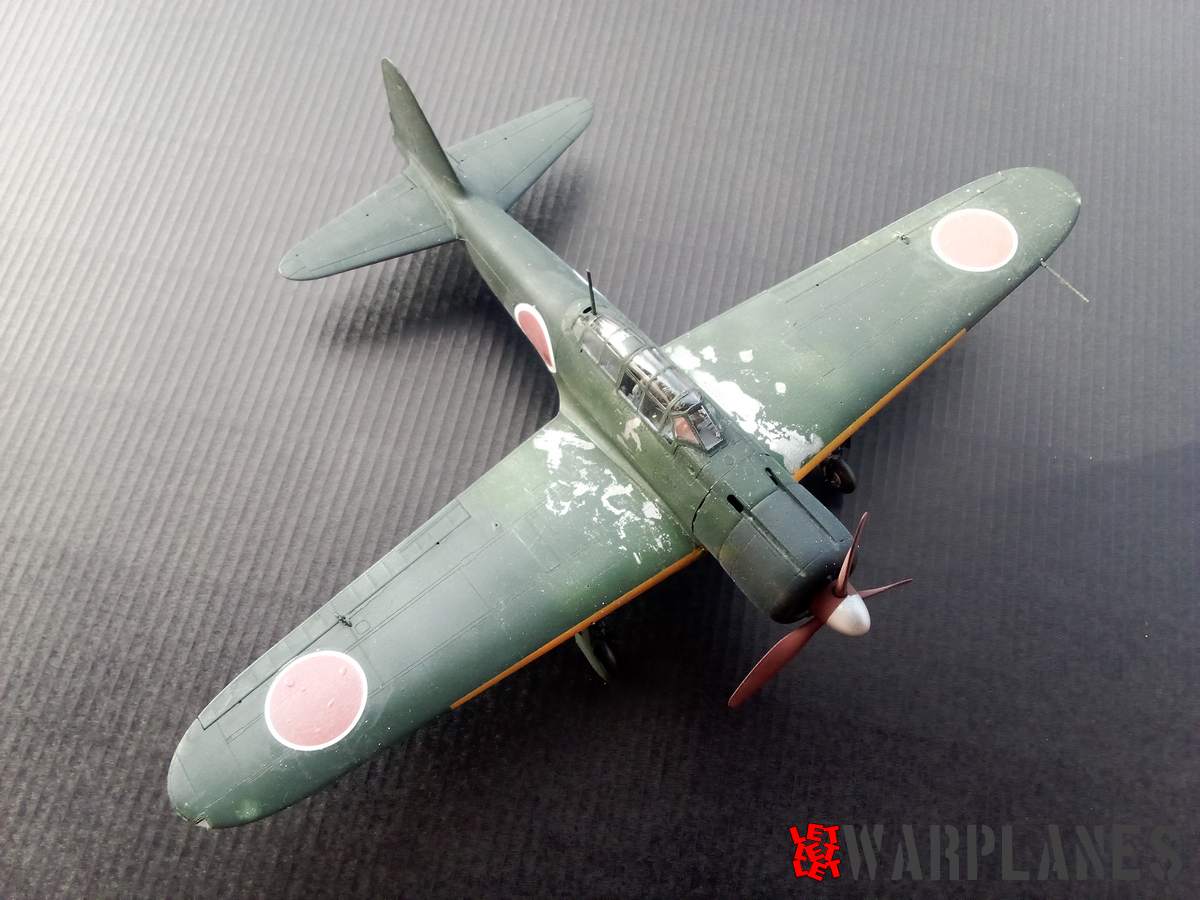

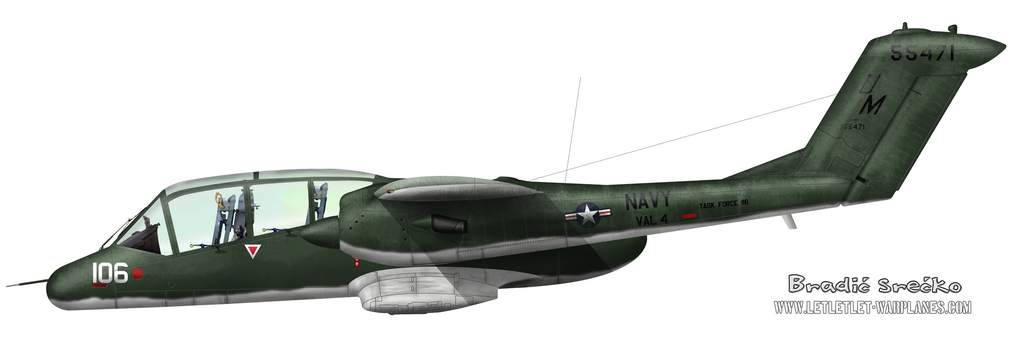
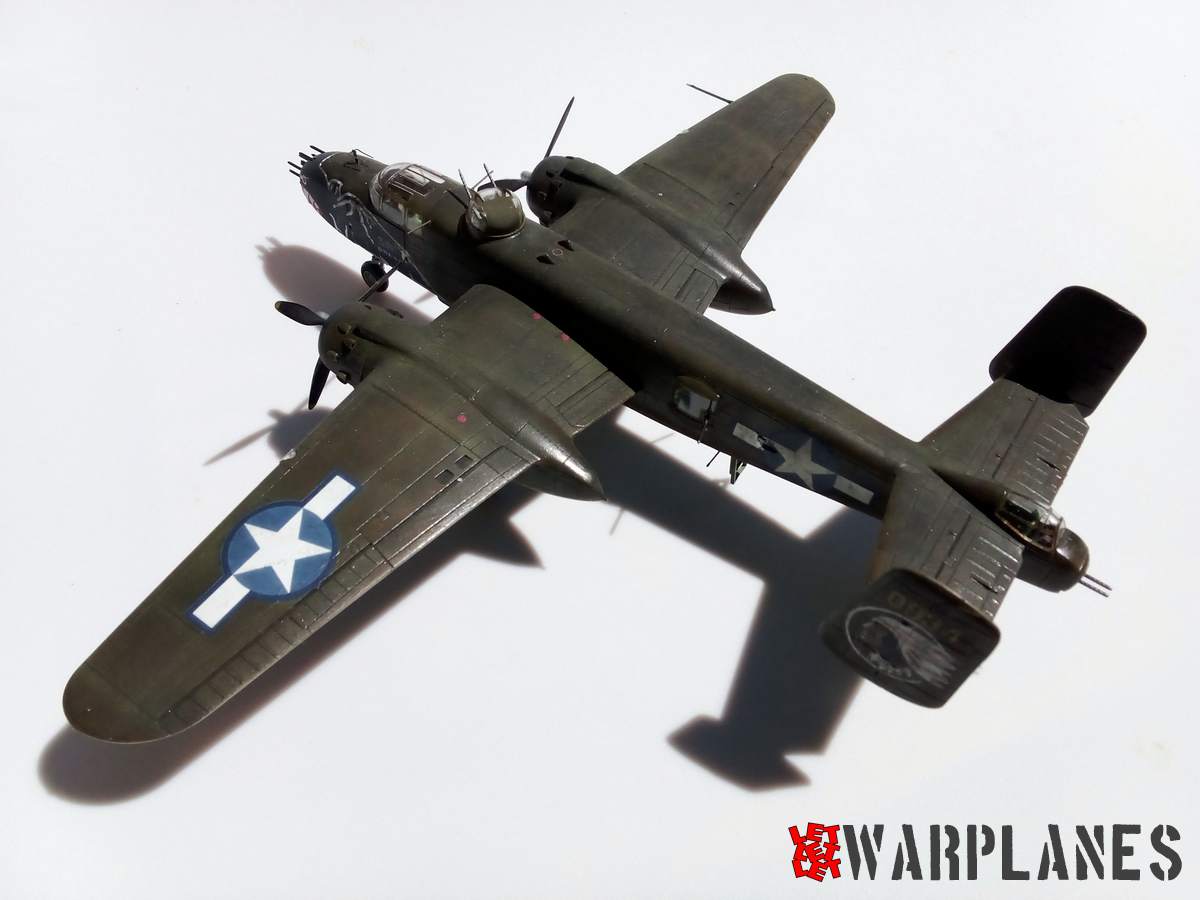
The men in the cockpit of the Ca.113 is the mechanic Renato Torrezan, who later came to Perú sent by the Caproni factory to work in the subsidary set up in Lima. Apparently he and Di Bernardi were close and worked together in China and during the Acrobatic championship in Cleveland.